When I first became a teacher, I had no idea that there were different types of classrooms that I as a teacher and my students could flourish in. After a couple years, I seen other teachers talking about self-contained classrooms and departmentalized, which led me to wanting to know more about the two. When I was in the market for a new teaching job, I even came across job postings that mentioned both types of classrooms.
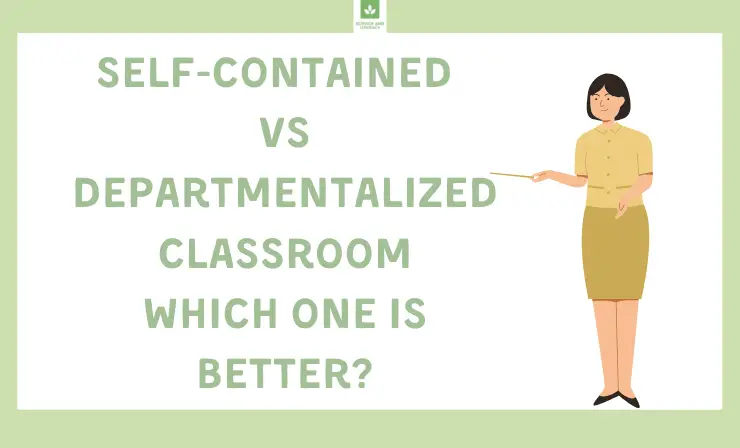
I decided to research and find out the exact difference between a self-contained classroom vs departmentalized classroom to help other teachers around the world gain a better understanding of the two. By knowing and comprehending the differences, you will be able to decide which type of classroom you would rather teach in as well as have your students learn in. It can make a big difference in the outcome of your career as well as your everyday teaching responsibilities.
After reading this article, you will officially know:
- What a departmentalized classroom is →
- What a self-contained classroom is →
- The difference between a self-contained classroom and a departmentalized classroom →
- And which type of classroom is better →
What Is a Departmentalized Classroom?
A departmentalized classroom is where the teacher focuses on teaching a certain subject to a group of students. The teacher may teach certain information to various groups of students throughout several classes in a day. Departmentalized classrooms are often found in high school and middle school classes. However, some elementary schools use departmentalized classrooms for specific subjects such as music, art, math, P.E., and science.
To gain a better idea of how departmentalized classrooms work, I will provide you with a few tips on how to succeed in teaching in a departmentalized classroom.
1. Decide What You Are Teaching
Some schools allow you to pick the subject that you would like to teach, while others do not. However, it is important that you sit down and take a minute to look at what you are teaching. Some teachers focus on English, while others focus on science and math. Therefore, you want to make sure that you understand what it is that you are expected to teach for the semester/year.

You should also make sure that the parents are aware of what you are teaching their children. If a parent has a question about their child’s science class and you do not teach science, it would make no sense for them to come to you to address this.
2. Create a Parent/Guardian Information Sheet
An information sheet that is sent home with your students to their parents is beneficial to you, the students, and the parents. It explains how a departmentalized classroom works when it comes to rules, teaching, and discipline. These information sheets are a great way to communicate with the parents about their children throughout the school year.

An example of what should be included in this information sheet is the rules that you have implemented for your classroom. Another example is letting the parents know that you plan to send home a pink sheet of paper with the student if they have experienced a behavior infraction for the day. Most of the times the teachers will require this behavior sheet to be signed by the parent, showing that it was seen.
3. Talk With Other Teachers About Departmentalization
Chatting with other teachers will help you come up with ideas for your departmentalized classroom.
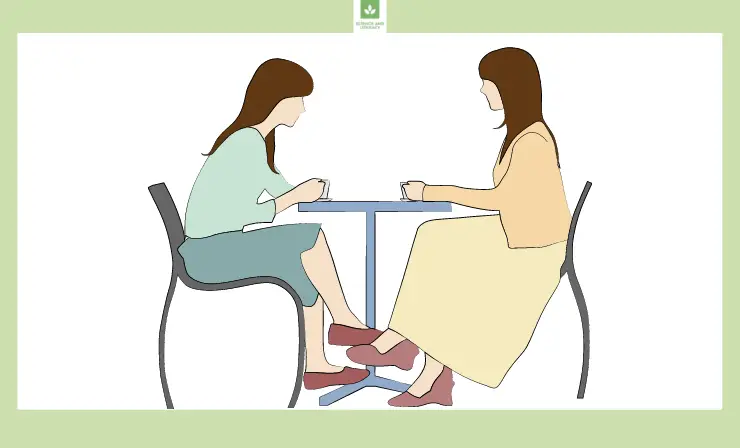
You may learn new ways to handle certain behaviors, communicate with parents, and address rules. Keep in mind that you do not need to run your classroom the same way that other teachers do; you ultimately decide what you feel is best for your students.
4. Develop a Seating Chart for Each of Your Classes
When you require your students to sit in the same seat in each class, you will minimize a lot of chaos. You can also set up groups for your students.
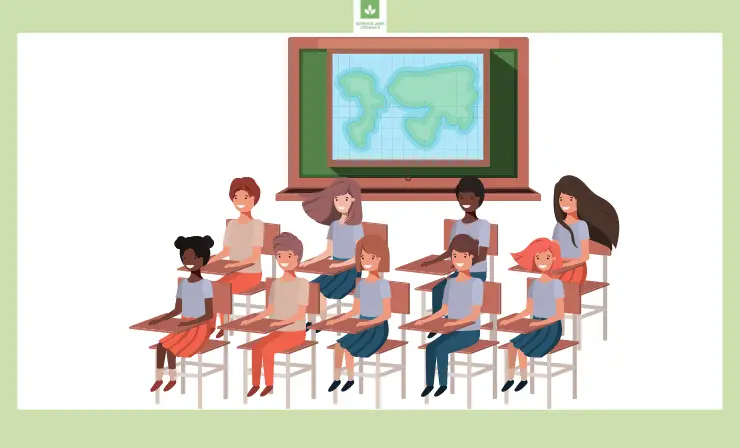
For example, one group of students may be the blue group, while another group is the yellow group. These groups will sit with each other.
5. Use a Clipboard for Your Convenience
Clipboards are convenient, beneficial, and easy to take around with you. When you first begin departmentalizing your classroom, it will take some time for you to memorize things.
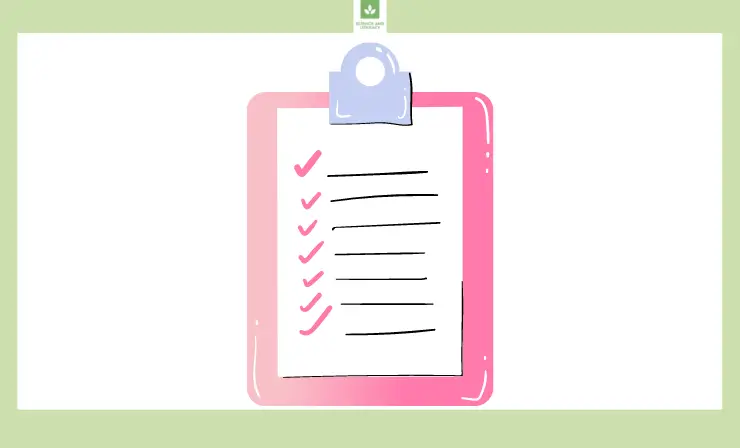
Therefore, a clipboard with certain information will be helpful. You can have a sheet showing everyone’s seat chart, the homework assigned, and the lesson that you are going over for the day.
6. Separate Graded Papers
Keeping up with graded papers is a task itself. Therefore, you should make sure that you have a system going on how to keep your graded papers separate. My system is to organize my graded papers by alphabetical order.
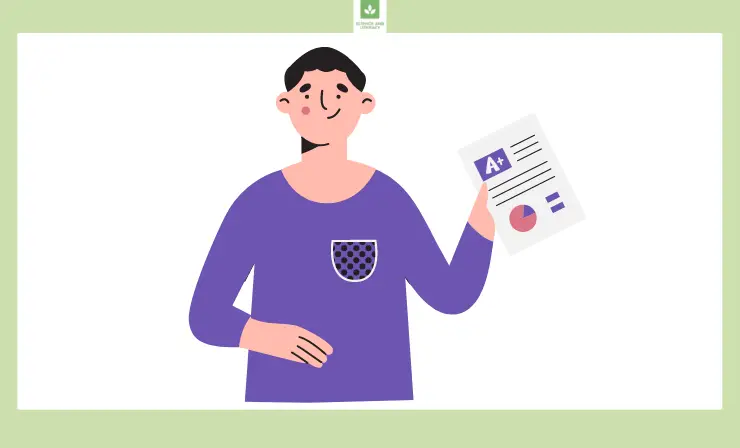
This makes it much easier to transfer the grades into my gradebook. You also will want to make sure that you keep the graded papers separated by class. A filing cabinet is a great idea when it comes to this.
7. Color Code Everything
You will be surprised by how much colors can help a departmentalized classroom! One of my favorite ways to color code things is to give my students a certain color. When they see a folder or bin with that color, they will know that it is theirs to use. This helps with keeping all my classes separate from each other. You can also separate subjects by color. For example, your students can use a blue folder for math and orange folder for history.
For more information about teaching in a departmentalized classroom, watch The Lettered Classroom’s YouTube video. In this video you will learn about another teacher’s experience with transitioning to a departmentalized classroom, which I think will benefit those that are considering this type of classroom.
A tool that I recommend every teacher consider purchasing no matter what type of classroom they are in is the interactive whiteboard. This product works great for students with different learning styles as well as gives your classroom a fun experience.
What Is a Self-Contained Classroom?
A self-contained classroom is where students have similar educational requirements. For example, students who are preparing to go to college will be in the same classroom as other students who are taking college prep classes. This may mean that students of all ages may be in the same classroom.
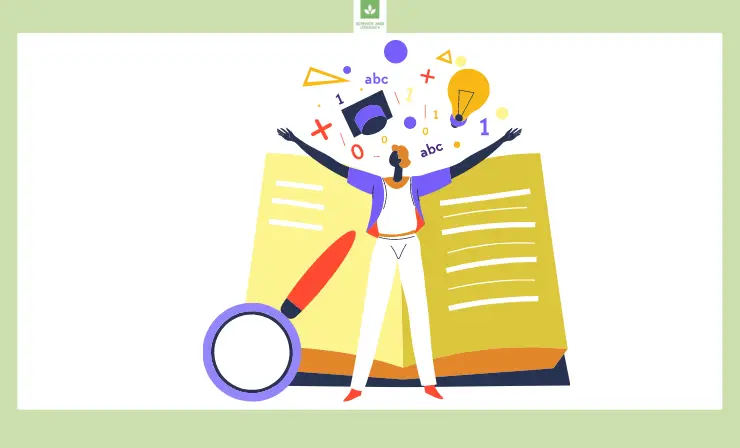
Another example of this is when students with special needs or disabilities are placed in the same classroom. This allows them to receive the extra care needed since most of these students are unable to participate in general educational programs. The students may have various disabilities such as autism, ADD, ADHD, or emotional disturbances, but they are all put into the same classroom to get extra guidance from the instructor.
Below, I will provide a few tips on how to succeed in a self-contained classroom.
1. Develop a Sense of Community in Your Classroom
It is crucial to create a sense of community among your students as well as their parents. Since you are in a classroom with a variety of different students who have one goal, you should get to know their individual interests, learning needs, strengths, and weaknesses.
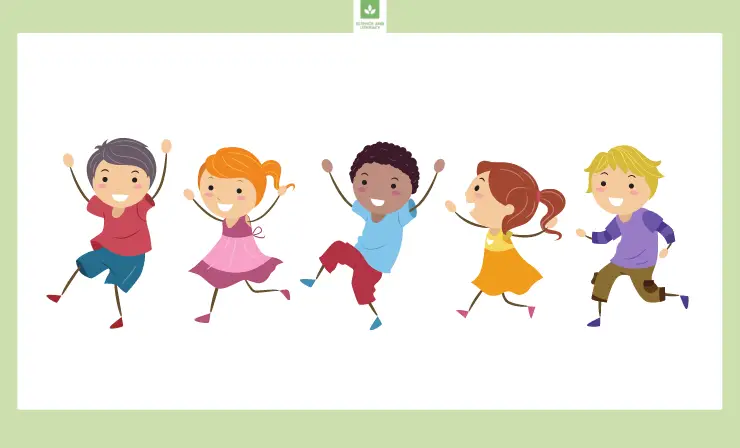
A sense of community is created through trust, consistency, and conversation. Throughout the year, continue to get to know your students as well as their parents by doing periodic check-ins. You want your students to feel a sense of belonging when they step foot into your classroom every day.
2. Create a Specific Routine, but Also Encourage Your Students to Be Flexible
Routines are important in a student’s life. This shows them how to determine what they need to establish for the day and then accomplish it. However, flexibility is just as important.
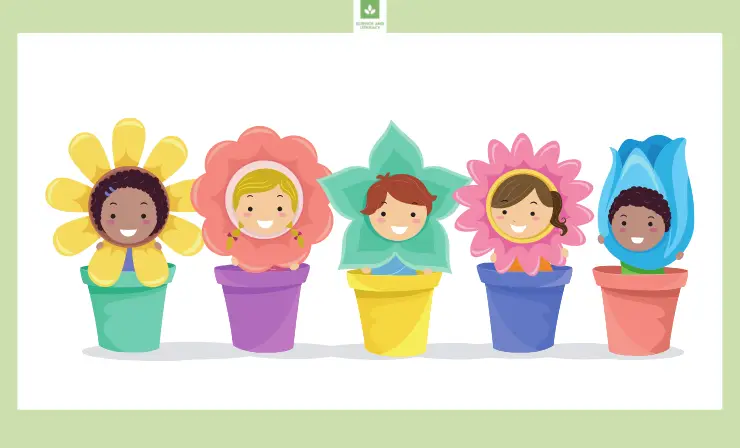
Sometimes, things come up and students need to be prepared to address this and take an alternate route to get to the finish line. By ensuring that your students can handle flexibility, they will be more prepared for life and adulthood after school.
3. Use Different Types of Teaching Approaches
Different students have different learning needs. So, even though most students in a self-contained classroom have the same goal, it is important to understand how each student learns to help them reach this goal. Some students are better listeners, while others are better visionary learners. Physical movement is also encouraged because some students do not do well with sitting for long periods of time.
Who says that students in a self-contained classroom don’t learn and their teachers don’t teach? You should check out the great things happening in my room and online.#iamcucps #ccesdukes pic.twitter.com/9tWpzzDjww
— Erica Gray (@ericargray) September 5, 2020
If you are considering teaching in a self-contained classroom, my advice is to watch Special Education Resource’s YouTube video below. This video goes over 10 self-contained classroom secrets that you may want to adopt for your classroom or simply just need to hear about to understand the benefits of this type of classroom.
A device that you should have in your classroom is the document camera. It works in remote classrooms as well as in-person classrooms. Students are known to have a better learning experience, and teachers speak highly of these devices too.
The 7 Differences Between a Self-Contained Classroom vs Departmentalized Classroom
The main differences between a self-contained classroom and a departmentalized classroom are:
- A departmentalized classroom is when classes are separated based on subject matter between different teachers.
- There is a lot of collaboration among colleagues when it comes to departmentalized classrooms.
- Students are typically taught by teachers who are specialized in certain areas in a departmentalized classroom.
- The students’ environments are changed frequently in a departmentalized setting.
- In a self-contained classroom, students may have different interests and learning needs but are all in one classroom looking to achieve the same educational requirements.
- Self-contained classrooms are known to be smaller class sizes, higher staff-to-student ratios, and provide a close community feel.
- Unified success is what matters in a self-contained classroom even if students have different learning styles, teaching needs, and more one-on-one care.
To see a detailed video on the difference between a self-contained classroom and a departmentalized classroom, take a look at Special Education Resource’s YouTube video. Since it may seem difficult to comprehend the difference between the two, I recommend watching this video to gain a better understanding.
By recording your lectures and allowing your students to access them later on, you may see better scores on the tests you hand out. The reason for this is because students can go back and listen to the lecture that you gave, take notes, and refresh their memory. If you are in the market for a great camera for recording lectures, head over to my other article that goes more into detail on these gadgets.
Which Type of Classroom is Better?
Overall, it is hard to say which type of classroom is better. It depends on what you feel like the students need and what type of setting you would like to teach in. Each student may benefit in different ways in a self-contained classroom vs departmentalized classroom. To help you decide which classroom you think is better, I will tell you the pros of each.
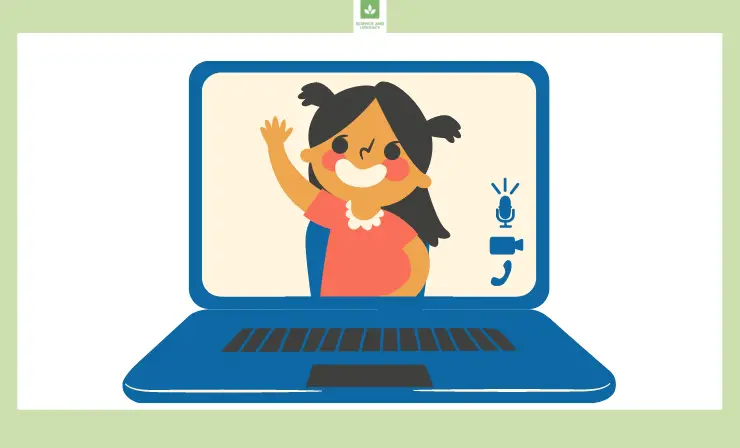
Pros for Departmentalized Classroom:
- Students are provided with multiple teachers, mentors, and instructors that they can go to for support.
- Challenging relationships among students and teachers are less likely in a departmentalized setting.
- Switching teachers can provide consistency. Preparing your students for changes will become their consistency.
- When teachers are able to focus on one or two subjects, they are able to develop a teaching specialty. This means that the student will learn from a teacher who has more in-depth knowledge in a specific subject.
- Teachers will work together to come up with new ideas and lesson activities.
- The teachers who are part of a departmentalized classroom usually have a better teacher/life balance.
- Transitions give your students brain breaks.
Pros for Self-Contained Classroom:
- The self-contained classroom is structured o minimize any distractions.
- Students and teachers are able to give their full attention in a self-contained classroom.
- Students are able to get know only one teacher and will not have to get to know several different teachers. This can result in personalized relationships among teachers and students.
- In a self-contained classroom, students do not have to move from room to room. They can remain comfortable in one classroom.
- Students’ academic skills may improve because they will be in smaller groups or classes. Individual instruction is also sometimes an option that is favored in this type of classroom.
Useful Recourses
- Interactive classroom activities
- 10 ways to keep your class interesting
- How to build a great lesson plan
Conclusion
I hope this article helped you understand the differences between a self-contained classroom vs departmentalized classroom. As you can see both are different, have different goals, and have their own set of benefits. It is all up to you as a teacher to decide which type of classroom you would prefer to teach in. By choosing the right one, you may change how your teaching career will turn out. Good luck and happy teaching!
- Overview of 22 Low-Code Agencies for MVP, Web, or Mobile App Development - October 23, 2024
- Tips to Inspire Your Young Child to Pursue a Career in Nursing - July 24, 2024
- How Parents Can Advocate for Their Children’s Journey into Forensic Nursing - July 24, 2024




How many students can there legally be in a self contained classroom?
In the US, class size for various types of special education classrooms are determined by state laws. Considerations are made for the category of disability and the ratio of teacher to aides and other support. Also, depending on the category, a distinction is made between the number of kids sitting in front of an individual teacher at any given time and the number each can have in total on a caseload. Districts cannot exceed those guidelines, though there are often loopholes.
Search the education department section of the government site for your state for more info.